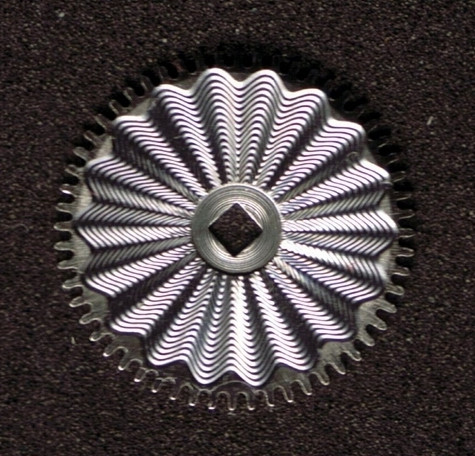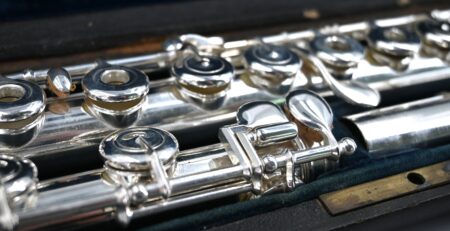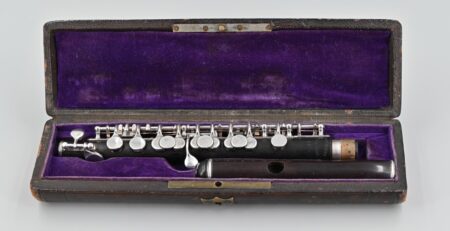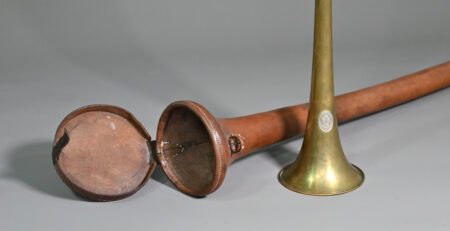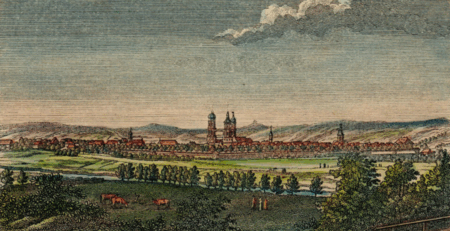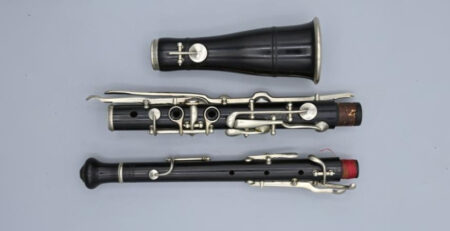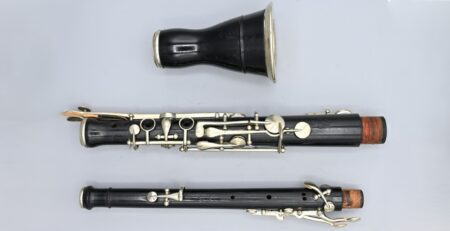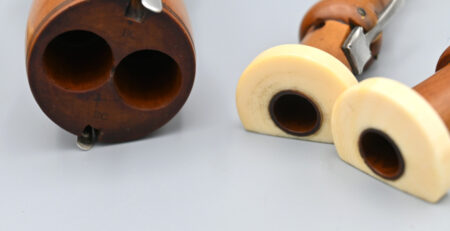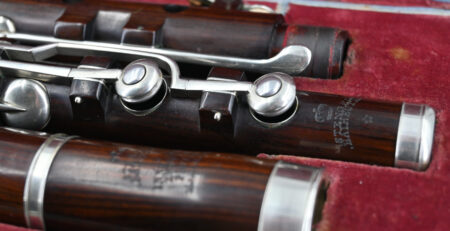Guilloché technique
Guilloché or guilloche is a craft that was developed over 300 years ago. Guilloché is a special pattern that is created using various overlapping or interlaced lines. To guilloche means then to mechanically engrave guilloches on an underlying material using pressure. This was done using a special lathe by guillocheurs. The special lathe machines can be rose engines, straight-line engines or brocading machines. By using a mechanical technique, greater precision, delicacy and speed can be achieved.
The origin of the first guilloché machines is not entirely clear. Some claim they were Swiss, while others say they were invented by a Frenchman – an engineer called Guillot. Whatever the case, it was introduced into watchmaking back in 1786. It was then that Abraham-Louis Breguet began using the techniques for decorating the cases and dials of the pocket watches he made. Then Peter Carl Fabergé was responsible for making this technique popular in the 19th century with the iconic eggs that came from his manufacturing.
The machines themselves are extremely expensive and rare nowadays and so are the guillocheurs, with very few places offering training in this artisan technique. Guilloché still survives however. Perhaps this is because CNC machines and computers don’t seem to deliver the same cutting quality and refraction of light.
Maybe there will be a guilloché revival, especially in jewellery for example, where people are always looking for a handmade special and unique item. Until then, we can just wonder at the exquisite results of this age-old technique.
